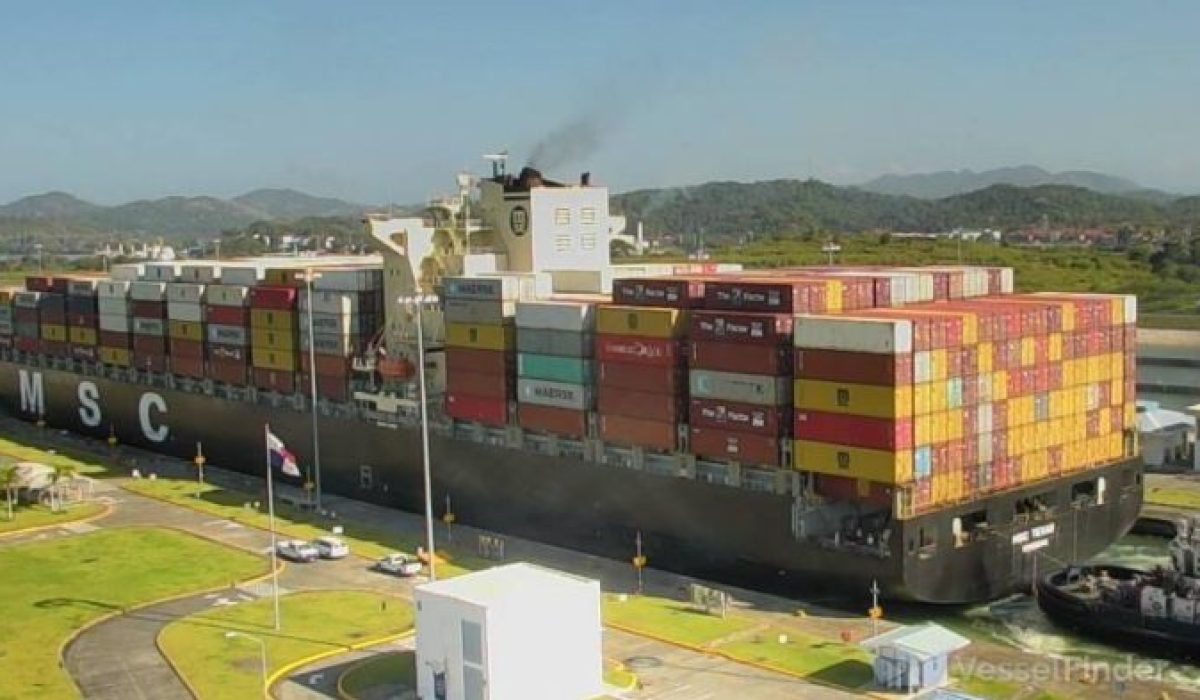Following nine weeks of consecutive declines in spot freight rates on the transpacific, carriers are finally beginning to pull capacity from the trade.
Yesterday, MSC announced six transpacific sailings to be blanked, starting with next week’s sailing on theChinook service that links the Far East with Prince Rupert, Vancouver, and Seattle/Tacoma, operated with eight vessels averaging 13,000 teu, and includes Zim-chartered slots.
In addition, in week 17 it will blank two sailings out of Asia to the US west coast, the Pearl and Orient strings, and two Asia-US east coast services, the America and Lone Star strings.
Finally, in week 18 it will blank the sailing from Asia of the Asia-US east coast Empire service, which also has Zim chartering slots.
The transpacific spot rate on Drewry’s World Container Index’s (WCI) has been on the downward trend since a 9 January high of $5,476 per 40ft. The current reading is $2,487, which means it has more than halved in two months.
9 January was also this year’s high point for the WCI’s Shanghai-New York rate, which has declined from $7,085 per 40ft to last week’s $3,622.
It also appears that volumes have weakened considerably in recent weeks, according to liner analyst John McCown.
This week he noted that US containerised imports in February had grown 3.4% year on year, the smallest gain for 16 months. In comparison, January import volumes were 13.7% above January 2024, and December was 14.2% above the previous year.
Mr McCown also noted the beginnings of a shift of cargo away from the US west coast back to east coast ports, as shipper confidence in the operation of east coast gateways returned following the signing of a new ILA master contract.
He said volumes at west coast ports grew 7.4%, while east coast ports decreased marginally, by 0.3% year on year, equalling a 7.7 percentage point coastal gap.
“That was a sharp decline from both the 21.4 and 20.8 percentage point coastal gaps in January and December,” wrote Mr McCown. “That is consistent with the tail-end of the coastal shifting as loads began moving at the various origin points prior to the settlement being reached.”
He added that Seattle/Tacoma saw the strongest year-on-year volume growth, with a 27.9% increase in imports over February 2024, followed by Long Beach with 11.8%, and Charleston with 8% year-on-year growth.
The weakest performance last month was at Houston, where volumes fell 14.5%, followed by Norfolk with a 14.2% decline, and Oakland, where volumes grew just 0.3%.


